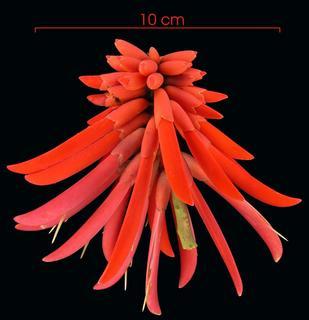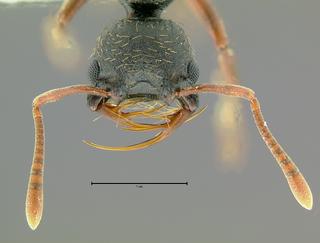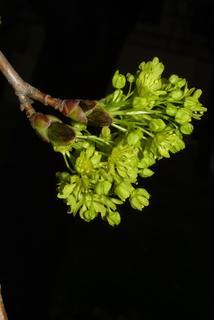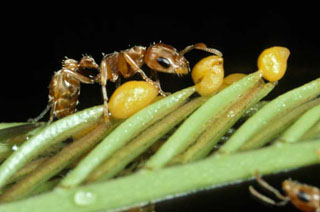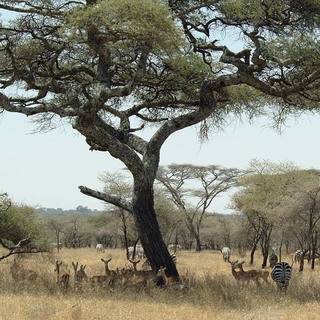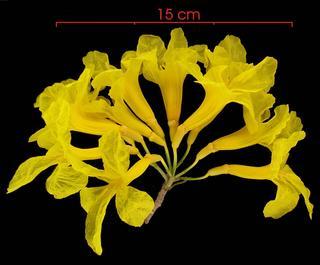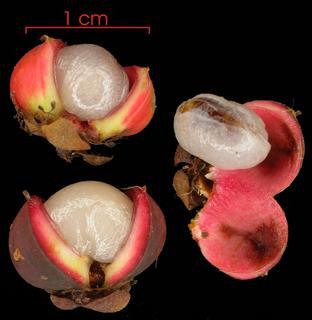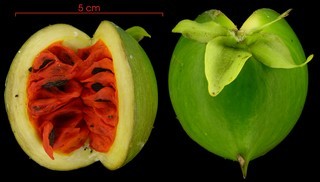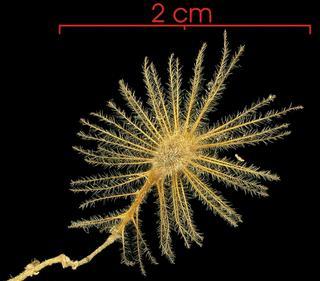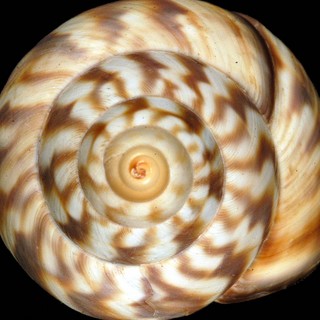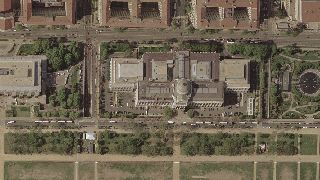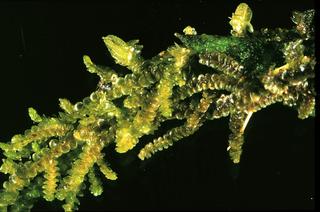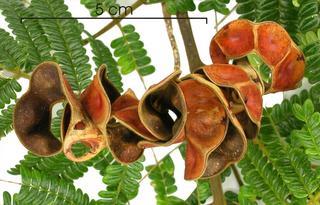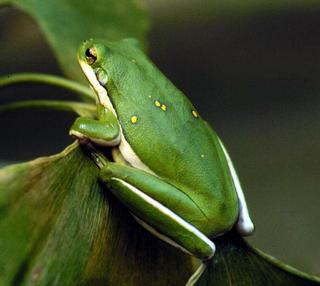|
Technology
The proposed centers will provide technology, training, and support to help
individuals working in each region collect and share biodiversity information.
Their technology will include Web tools, provided through Discover Life,
imaging systems, similar to ones Gary Alpert developed at Harvard University
to put high-resolution photographs of ants and other small creatures on-line,
and computer servers to mirror information in regional languages.
Our Web tools are a set of integrated server-side software packages. They cover all
the basic functions required to database and share specimen, species, and higher taxon level information.
Using their browsers, data providers can edit species checklists,
build identification guides, process images, make maps, manage specimen records, print barcode labels,
and write Web pages. The programs index information in contributors'
databases and combine information from multiple sources across the Web into dynamic pages that are served to users.
In turn, end users find and access images, maps, and text through the identification guides,
by browsing a Linnean hierachy of links, and by entering common or scientific names into the search box described above.
Users can also display on-line slide shows, download sets of images and text for classroom and other presentations,
submit comments to data providers to correct errors, find geographic coordinates from maps and aerial photographs,
and report their observations about target species.
The set of tools include the following:
|
Image links to
lecture on coloration
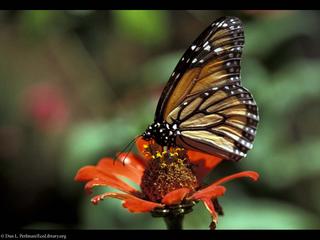
Source: Ecolibrary
Danaus plexippus
Monarch butterfly
a toxic species with warning coloration
|
-
IDnature Guides
These are interactive Web forms that help users to identify a specimen
by checking and submitting its attributes
(see http://www.discoverlife.org/20/q).
Users check one or more states for each character that a guide presents,
skipping characters for which they lack information or are not sure.
While users exclude species that do not have their specimen's attributes,
at any time they can link to pages about the remaining possible taxa.
Eventually, if all goes well, they end up on the species page about the specimen
that they have identified. Finally, they may report to the system where they found the species.
Guide builders have a powerful set of on-line modules to speed guide buiding and creating species pages.
These modules are Web based and are fully integrated with features of the global mapper, image center,
record manager, index and search tools described below. The software enables multiple individuals from
across the Web to contribute simultaneously to a guide and its associated species pages.
The builders' menu includes features to import species lists and other data from speadsheets and databases;
add, rename, and drop taxa; specify rules to score attributes
for multiple taxa simultaneously; process images to illustrate states and species pages,
write text, and parse information from the Web into species pages.
The underlying logic behind IDnature guides is unlike other interactive identification software that requires
guide builders to complete an entire character-state matrix before a guide works.
Instead IDnature guide builders may leave many cells in their matrix blank and still produce a working guide.
A resolve feature helps guide builders determine when each guide has enough information
in its cells to identify all species from each other.
Consequently, guides with hundreds of species can be built very rapidly.
The IDnature guide to North American ants includes over 700 species and 5000 images.
It was assembled over the course of six months through the cooperation of individuals at over 10 institutions.
The guide to North American trees and shrubs resolves over 1,200 species.
Three University of Georgia undergraduates assembled and illustrated this guide over the course of six months.
|
Image links to
IDnature guide of trees & shrubs
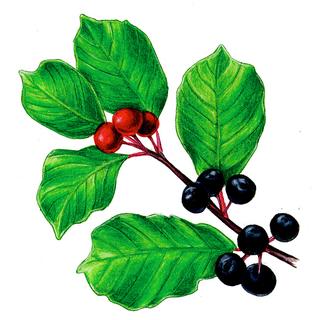
© Cheryl Reese, University of Georgia, 2004
Rhamnus frangula
Glossy buckthorn
an invasive species in North America
Image links to
species page used by IDnature guide of ticks
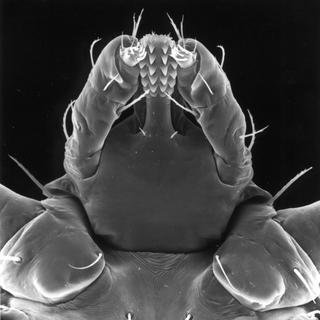
© National Tick Collection, Georgia State University, 2004
Dermacentor variabilis
American dog tick, underside of female
|
-
Global Mapper
We developed this tool in partnership with Topozone.com
(see http://www.discoverlife.org/20/m).
It allows users to overlay specimen records from partners' databases onto maps and aerial photographs served
by Topozone.com. Users can map multiple species simultaneously. Each point that is plotted links
back to its source and more information through the record manager described below.
From servers in Massachusetts, Topozone.com makes global maps available to the mapper at 1:1,000,000 scale,
topographical maps to 1:24,000 scale for the United States,
and aerial photographs at 1 pixel per square meter resolution or better for 89% of the United States,
in total over 25 TB of data.
The Global Mapper includes a gazetteer with over 7 million georeferenced places.
Depending on a map's resolution, it automatically converts data between latitude-longitude
(decimal degrees or degree-minute-seconds) and UTM coordinates.
It uses the WGS84/NAD83 datum and can convert data from NAD27.
|
Image links to
demonstration of Global Mapper

|
-
Image Center
High-resolution images are key components of our IDnature guides
and species pages. Eventually we intend to document the life stages
and diagnostic characters of each species with numerous images. Image center software allows our partners
to contribute, manage, and process large numbers of images rapidly. Automated programs
enable each of our servers to process up to 4,000 original high-resloution images daily,
storing them at the five resolutions that we use in display and zooming.
Image titles, captions, and metadata are processed, stored, and retrieved by the record manager
described below.
Users can search for and see images using the IDnature guide software, by browsing,
and by specifying unique image identifiers.
They can display images either individually, in sets, or as part of the dynamic species pages.
The software's options allow end users and participating Websites to display images at various sizes.
They can display individual images, order them in a slide show, group them as thumbnails, or list
numerous images together with their associated text, copyright statements, and metadata in a single page.
|
Image links to
slide show of shorefishes
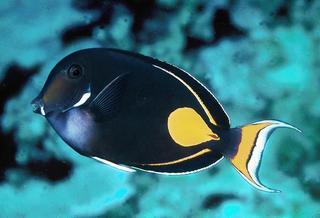 Source: Shorefishes, Tropical Eastern Pacific
Source: Shorefishes, Tropical Eastern Pacific
Ross Robertson, STRI
Acanthurus achilles
Achilles tang
|
-
Record Manager
This tool allows users to add and retrieve data records associated
with images, collection events, and specimen determinations
(see http://www.discoverlife.org/label).
Contributors can import data from spreadsheets and databases into the record manager.
The manager uses simple file formats that speed translating and importing both flat files and relational data.
Alternatively, contributors can enter data manually using Web forms.
The manager integrates data stored on partners' servers with data stored on Discover Life's.
It gives data providers maximum flexibility and does not force them to use a standard data schema.
Providers name and order the fields that they wish to share.
The manager indexes key fields, such as scientific name and geographic coordinates.
It passes geographic information to the Global mapper,
which in turn combines data from all contributors into maps.
Every night the manager automatically indexes millions of records from contributing databases,
large and small alike. It updates the databases that it mirrors. These include
Missiouri Botanical Garden's Tropicos database, which contains over 2.3 million specimen records.
The manager has an option to print labels with secure,
globally unique identifiers to track specimens with machine readable data matrix symbols.
|
Image links to
Record Manager's retrieve function

Insect label with data matrix symbol
|
|
|
-
Database Indexes
Fast database indexes glue the above software tools together and enable them
to share data seemlessly. Contributors and system operators update these indexes as they add information.
Automated programs also update them each night, adding information from our partners' on-line databases.
The tools that search for and display species information, for example,
draw from various sources, including the indexes used by the
IDnature guides, Global mapper, Image center, and Record manager.
Consequently, individuals who build guides, provide images, and add specimen records
contribute to the search tool and species pages without explicitly doing so.
|
Image links to
Open Directory Project's
Flora & Fauna
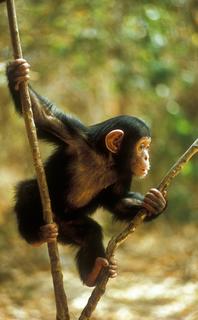
© Irven DeVore, AntroPhoto
Pan troglodytes
yong chimpanzee
Gombe, Tanzania
|
|
Image links to
species page
with numerous contributors
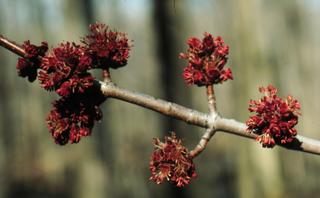
© Kay Yatskievych
Missouri Botanical Garden, 2003
Acer rubrum
Red Maple
|
-
Other Software
We use non-Web based programs, some of which are automated, to
manage security, data integrity, cross-site back-up of files, and load management across servers.
We also have a growing set of programs that help us find and incorporate information from other Web sites
into our databases and the pages we serve.
Please see
http://www.discoverlife.org/help.html
for links to Discover Life's content, tools, and on-line help.
For further technical details see
http://www.discoverlife.org/pa/or/polistes/fe.
|
Image links to
global map of
two invasive fire ant species
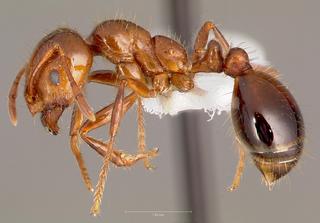
© Brian Fisher/AntWeb
California Academy of Sciences, 2004
Solenopsis invicta
Red imported fire ant
an invasive pest
|
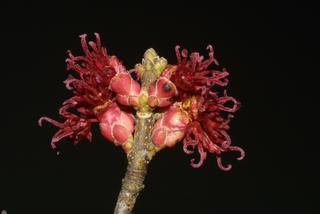



 Source: Shorefishes, Tropical Eastern Pacific
Source: Shorefishes, Tropical Eastern Pacific



